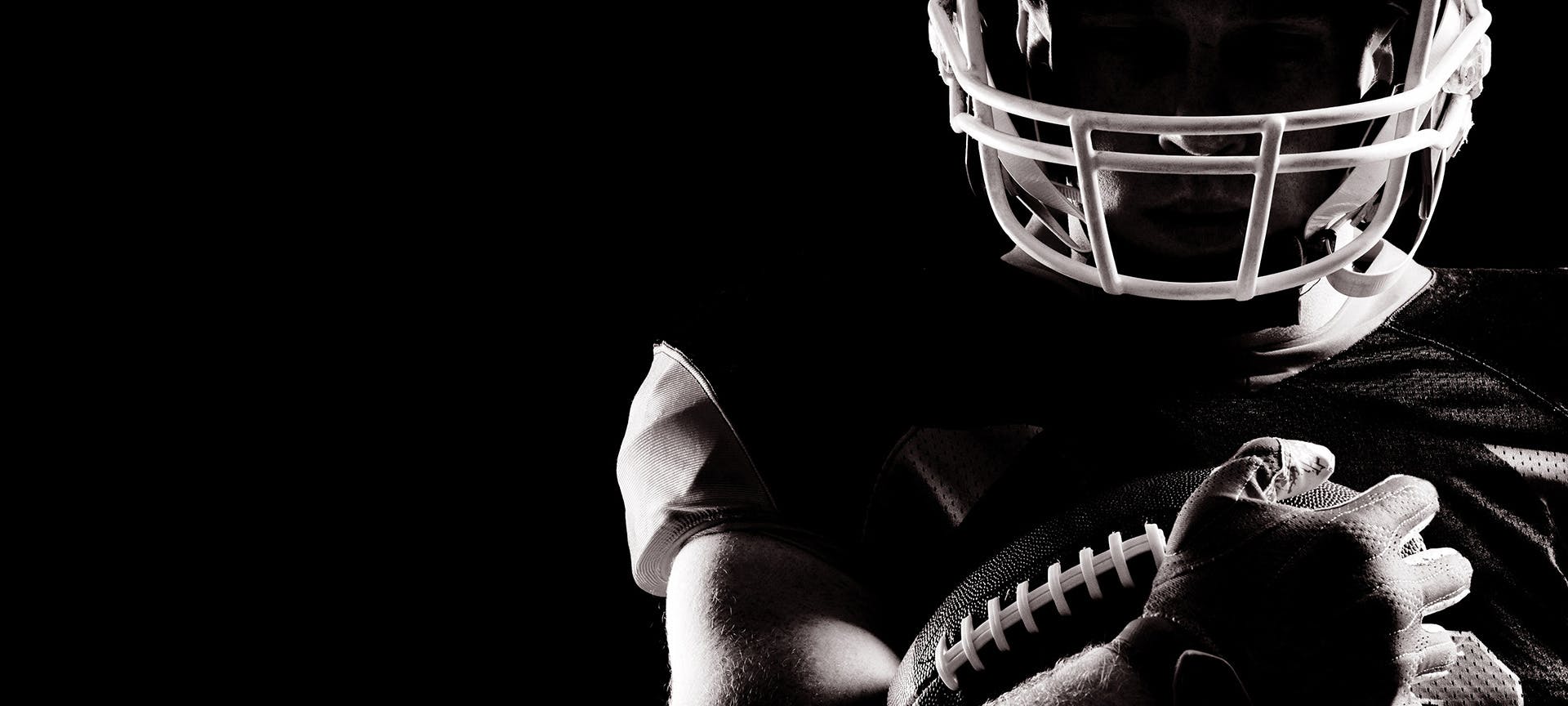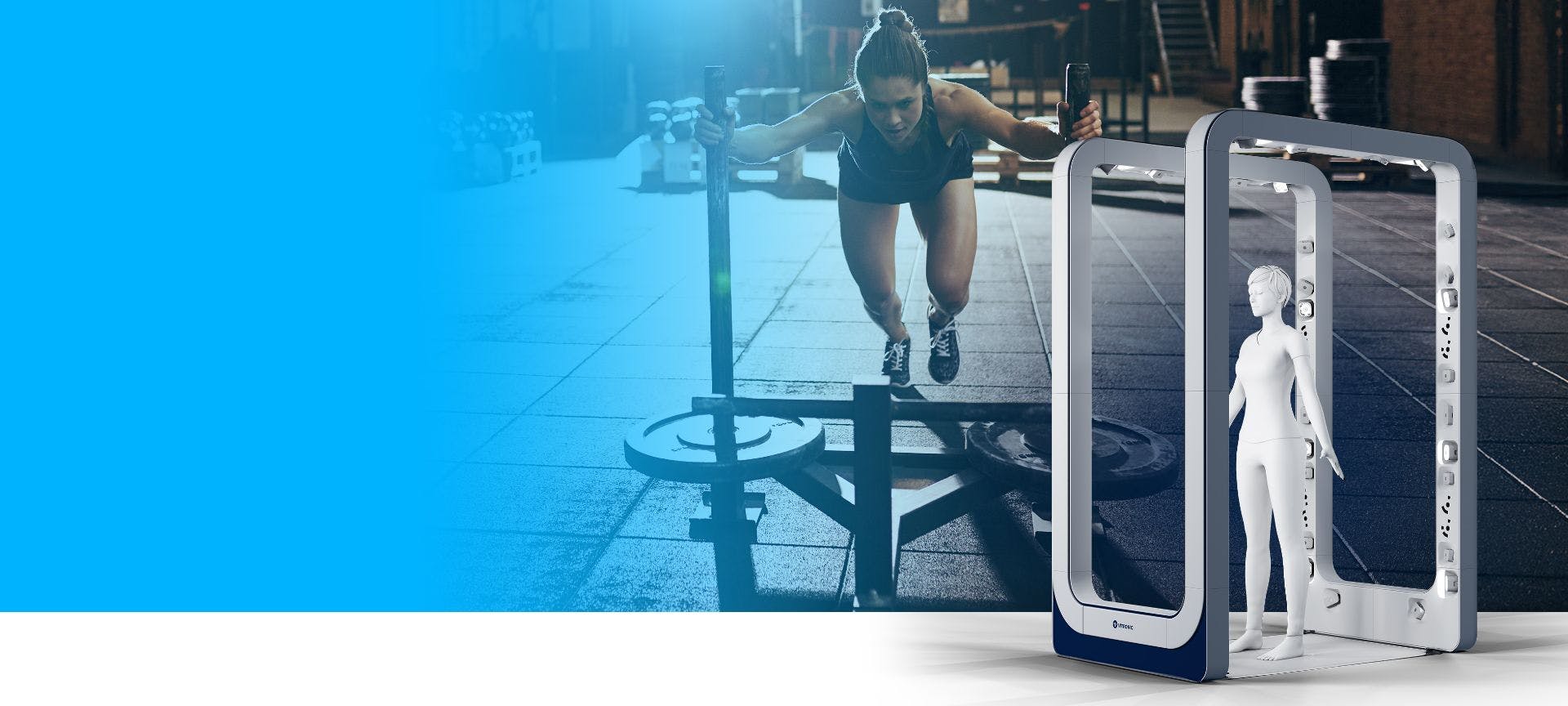

Case Study Precision Body Measurements in Professional Sports
Efficient Performance Analysis and Injury Prevention with VITRONIC's 3D Bodyscan Technology
-
Precise and automatic body data
-
Objective analysis of body statics
The impact of small deviations on athletic success
In the realm of professional sports, an athlete's individual body measurements play a central role in their performance. When scouting new talents, significant emphasis is placed on accurately capturing a relevant set of measurements. This not only provides insights into physical performance but also, for example in ball sports, indicates the ability to reliably control the ball. Even slight variations in an athlete's dimensions can make the decisive difference. Comparing these measurements with historically determined ideal measurements for specific player positions allows inferences about a talent's suitability for long-term successful deployment in a position.

The suitability of young talents for specific player positions is often reflected in their body constitution and posture. Especially during scouting or pre-season screening, relevant measurement data on players can be obtained and compared using standardized 3D scans.
Limits and effort of manual data collection
Against this backdrop, considerable effort is invested, especially at talent scouting events and pre-season screenings, to measure all data relevant to a particular sport and ideally make it usable as baseline and reference values for the athlete's later development. The effort required for manually collecting this data is significant, both for the scan operator and the athlete themselves. Furthermore, the accuracy of manual measurements is always dependent on the measuring tool used and its application by the operator.
Optimization of player analysis in talent scouting and pre-season screening
With the aim of simplifying and making this process more efficient for players, and obtaining more precise and, above all, objective measurement results, 3D body scanners are used in professional associations and clubs. With the advantage of obtaining a complete set of measurement data for the player in one or a few scans, the data is collected without contact and fully automatically and stored in databases. An efficient process that provides accurate and objectively determined data.
Preventive use and support in back-to-sport
Beyond the measurement values, body scans are meaningfully utilized in areas such as prevention and rehabilitation, i.e., back-to-sport processes. A body scan objectively and accurately represents possible asymmetries such as leg length discrepancies, pelvic tilts, and spinal curvatures. This allows potential injury risks to be detected preventively and the risk of injury to certain body regions, for example, through targeted muscle building, to be reduced.
After injury breaks, pre-season scans are used as a reference comparison to bring the athlete back to their pre-injury level of performance through appropriate training measures.
VITRONIC has been developing and producing innovative 3D body scan technologies for over 20 years. Professional athletes, ambitious amateurs, and their medical caregivers rely on the accurate and reliable scan data provided by the VITUS bodyscan. The measurements of the VITUS bodyscan are globally regarded as a reference due to their accuracy and repeatability.

